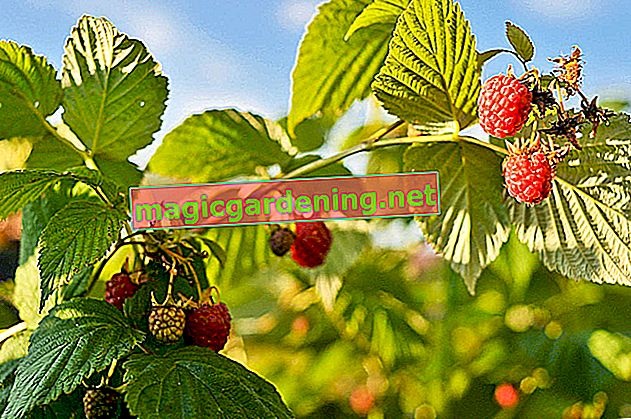
When does it make sense to fertilize a yew tree?
Yew trees are deep-rooted and develop very fine roots. They therefore largely supply themselves with nutrients as soon as the trees are large enough. However, in order to accelerate growth or to loosen overly dense soils, fertilization can make sense.
also read
- The right location for the yew tree
- When is the best time to cut a yew tree?
- Yew needles strongly - why does the yew lose needles?
Which fertilizers are suitable?
There are quite a number of fertilizers that are suitable for yew trees:
- Slow release fertilizer
- compost
- Horn shavings
- Rock flour
- Horse manure (deposited!)
- leaves
- Lawn clippings
If you buy long-term fertilizers in specialist shops, use special yew fertilizers. However, this is not absolutely necessary, natural fertilizers such as garden scraps are just as suitable and much cheaper!
Mulch soil!
Mulching is the best way to provide a yew tree with lots of nutrients and to keep the soil loose. To do this, bring fallen leaves, lawn cuttings (without seeds!) Or other garden waste under the trees.
Make sure that the foliage comes from healthy trees.
The mulch material decomposes over time, releasing nutrients that penetrate the soil. At the same time, by applying a mulch cover, you prevent other, unwanted plants from spreading under the trees.
The right time to fertilize yew trees
If you would like to do something good for your yew tree, provide it with a little compost every spring just before new growth. This is spread over and worked lightly into the ground with a rake.
Long-term fertilizers are also given in spring. It is scattered or poured according to the instructions on the packaging. This also applies if you use natural fertilizers such as manure or horn shavings (€ 6.39 at Amazon *) for fertilization.
You can apply a mulch blanket at any time whenever garden waste is generated. Ideally, renew them every spring.
Improve the soil before planting
Even before planting, the soil can be enriched with sufficient nutrients so that you hardly have to fertilize later.
Loosen the soil well and remove stones and thickenings. Yew trees are not demanding, but they do not like waterlogging. Mix ripe compost or a few horn shavings into the garden soil and then plant the yew tree.
Tips
Even if the yew tree is a highly poisonous tree, you can safely compost cut branches and needles. The contained taxine is decomposed by bacteria, so that there is no danger. However, you should shred the cuttings beforehand if possible so that the rotting process runs faster.








